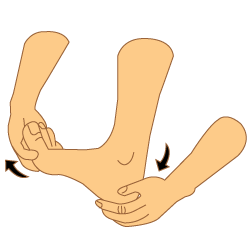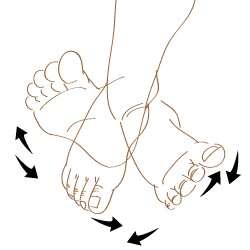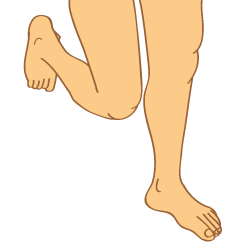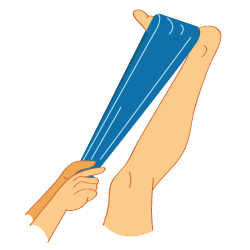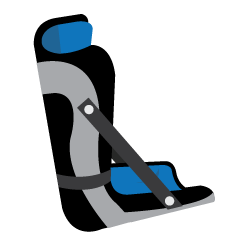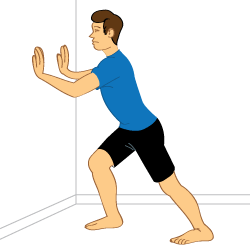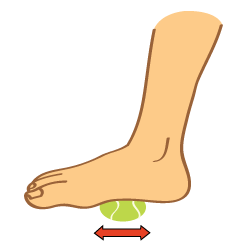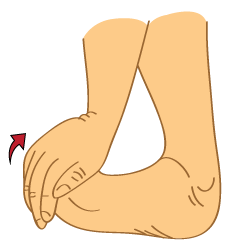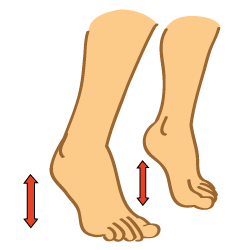Plantar Fasciitis Exercises
Along with how to treat plantar fasciitis, it seems that there is a lot of information that's out there regarding exercises and stretches to help heal the problem. Stretching has gained a bad name when it comes to healing. It is very important for people to respect their pain and listen to their body, but too many people ignore the warning signs and push themselves too hard, causing the injury to worsen and not heal properly.
When stretching or doing any form of exercise--if pain is felt--it's not a good thing. Pain is a way for your body to tell you that something is wrong. Ignoring the pain or fighting through it because your doctor or physical therapist says to do so, is not okay. If you have a doctor or physical therapist that is recommending that you fight through the pain, then you should find one that respects pain for what it is. It is never okay for someone to fight through the pain, this will only set you further behind in your recovery process.
Heel pain can be caused by stress placed on the plantar fascia ligament when it is stretched irregularily, which can cause small tears and inflammation often causing great amounts of pain. Stretching exercises that help strengthen the surrounding muscles will help protect the plantar fascia ligament, in turn reducing the stress on the arch of your foot. Exercises for plantar fasciitis may be especially helpful for reducing heel pain when you first get out of bed.
Below is a full list of all the different treatment modalities and which ones we believe will help, and which will not.

